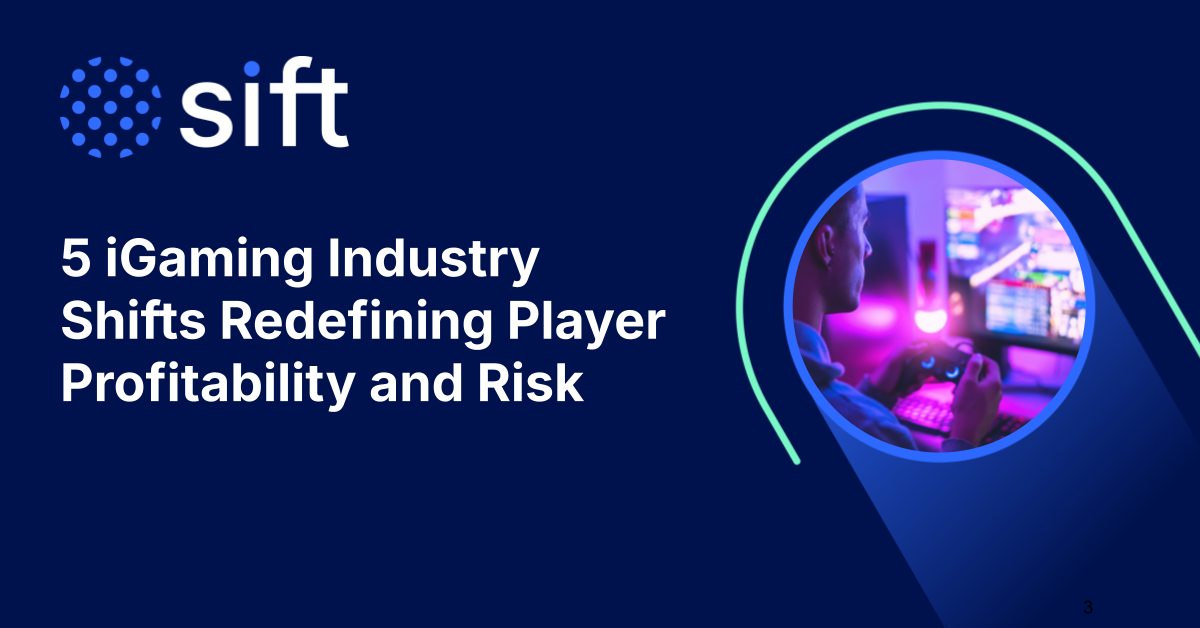Online marketplaces have grown rapidly, revolutionizing the way buyers and sellers transact. However, these two-sided platforms face unique risks, notably being particularly susceptible to organized, multi-level fraud. Detecting fraud is challenging when assessing the risk of a single user type, but it becomes even more complex in peer-to-peer environments with both buyers and sellers.
In this blog, we’ll explore the tactics used in marketplace fraud and how businesses can stay proactive in combating these threats.
What is marketplace fraud?
Marketplace fraud refers to various deceptive practices conducted by sellers and/or buyers within an online marketplace. These fraudulent activities can undermine the integrity of the marketplace, erode trust among users, and cause financial losses.
Types of marketplace fraud
Fraud is a widespread issue across various business models, each with unique challenges and risks. Traditional retailers typically face fraud on the buyer side, but two-sided models like marketplaces (e.g., Etsy, eBay) encounter fraud from both buyers and sellers, complicating the fight against fraud. Marketplaces can experience multiple forms of new account fraud, account takeover, and merchant impersonation.
Marketplaces face unique fraud patterns, including:
Buyer/seller collusion: Fraudsters create both buyer and seller accounts, using stolen credit cards to make fraudulent transactions. This often involves fake buyers paying fake sellers for nonexistent items or services.
Buyer fraud: In this scenario, the fraudulent buyer could commit new account fraud using stolen credit card credentials, take over an existing trustworthy account through unauthorized access, or impersonate a merchant through a phishing scam via on-platform messaging or email.
Seller fraud: In the case of a fraudulent seller scenario, this could take the form of fake listings (also known as merchant fraud) or misrepresented merchandise:
- Fake profile/product: This happens when a fraudulent seller copies the profile of a legitimate seller in order to deceive victims and turn a profit. The fraudster does this by creating a fake product listing and provides a fake tracking number at purchase with no intention of fulfilling the order. This costs the original legitimate sellers business, potentially causing the marketplace to lose the trusted seller as well as the buyer.
- False advertising: Misrepresented merchandise, also known as false advertising, involves the misleading representation of goods or services through false or fraudulent claims.
How to prevent marketplace fraud and create three-way trust
In peer-to-peer marketplaces, risk is compounded by having two types of users with different risk profiles. A single risk signal isn’t always enough to catch suspicious activities—tracking nuanced behavior trends is often more effective. By leveraging Sift’s AI-powered insights, marketplaces can identify trustworthy users by analyzing transaction activities and behavior patterns, such as funds flowing through multiple accounts with similar characteristics and accounts frequently involved in disputed transactions.
With Sift’s AI-powered fraud decisioning platform, marketplaces can:
Create a Better Buying and Selling Experience for Known Users
Give trusted buyers and sellers an ideal journey every time they engage with streamlined experiences like one-click checkout. Deep, accurate insights automatically deliver the right levels of friction at every point in the path, from account creation to checkout. While reducing fraudulent activity is crucial, it’s equally important to secure and streamline the user experience for the most active users, who are often the most valuable. Protecting these users not only reduces fraud but also enhances their experience, retaining their loyalty. According to a Sift report, 76% of consumers would stop using or shopping on a site where they had been a victim of payment fraud.
Easily Detect user Nuances with Trillions of Insights
Sift equips marketplaces with advanced insights to identify and monitor diverse risk behaviors tied to various personas, even when a single fraudster is behind multiple identities. Our Global Data Network of 1T annual events protects $325B annually across 700+ leading brands. Companies that leverage AI-driven decision-making and automation are better equipped to secure trusted transactions, stop suspicious activity from corrupting customer trust, and grow consumer brand loyalty that leads to revenue. Marketplaces that use Sift maintained an average 1.3% payment fraud attack rate and 0.024% fraudulent chargeback rate in Q1 2024.
Seamlessly Adapt Operations During Traffic Spikes and Seasonality
Marketplaces grow faster when trust scales alongside demand. Ensure your fraud team can deftly handle periods of high-interaction traffic surges with on-demand scale, meeting known users with acceptance and adjusting to risk in real-time. Sift aligns risk and revenue decisions through Dynamic Friction, optimizing user experiences based on risk. Our verification tools provide multi-factor authentication for high-risk logins and no-code security notifications, preventing fraud and improving user trust, while allowing trusted users to bypass MFA and access faster experiences through one-click checkout. By integrating these advanced fraud prevention strategies, marketplaces can protect their most valuable users, enhance user experience, and maintain consumer loyalty.







